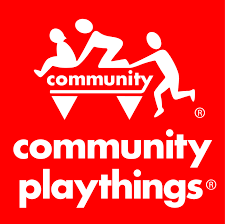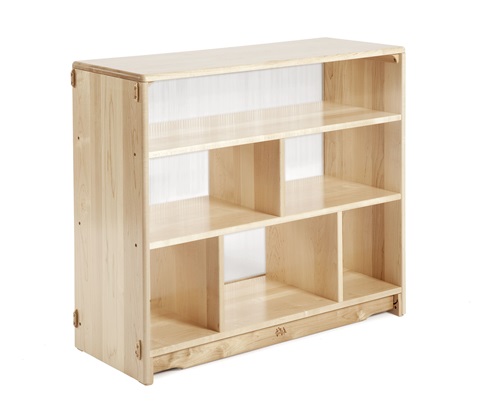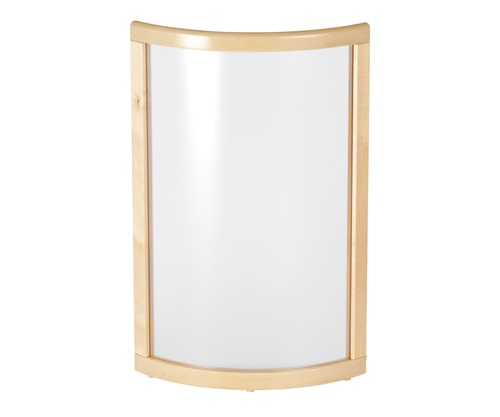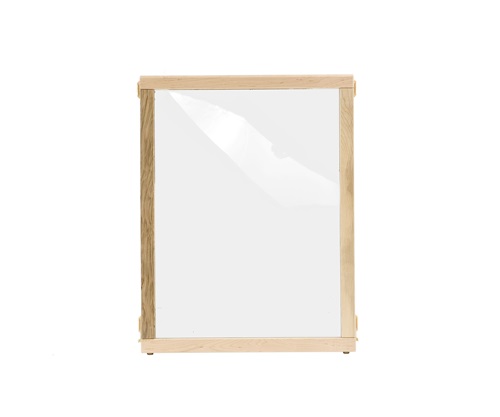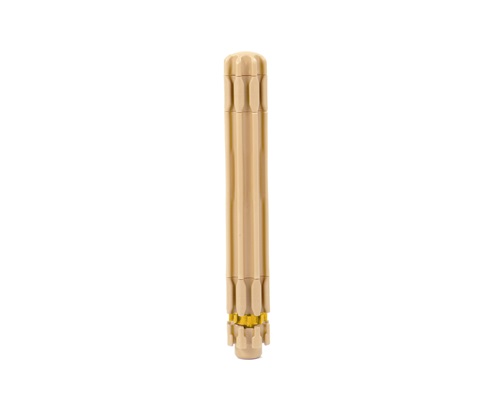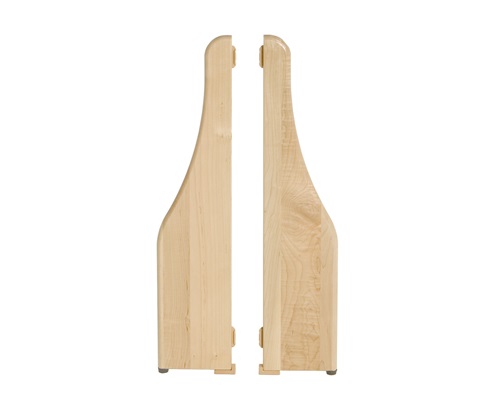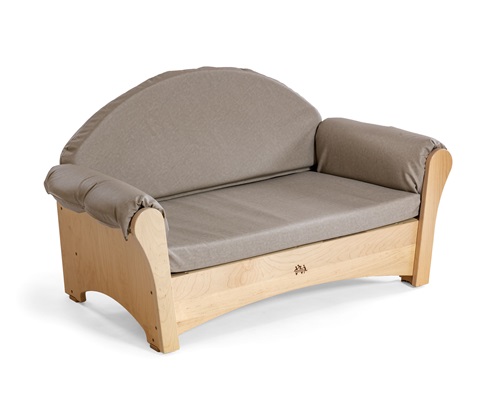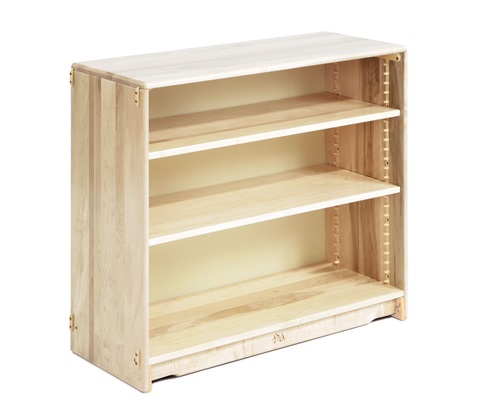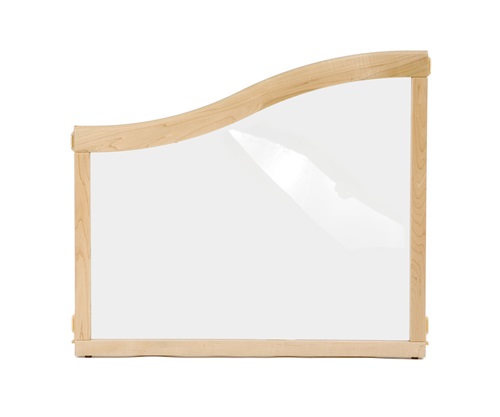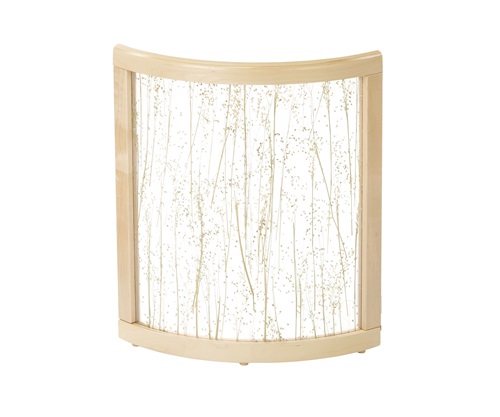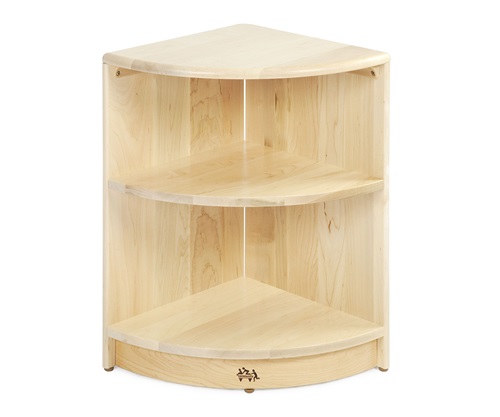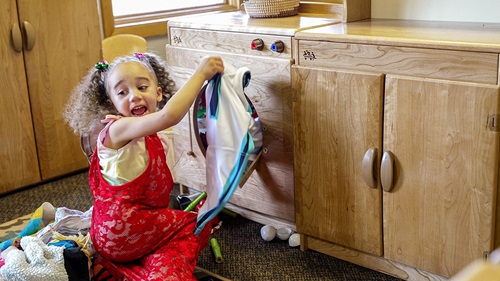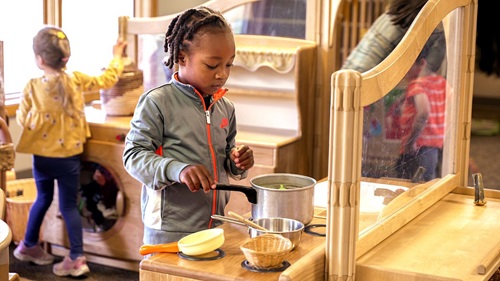Young children need a variety of spaces—and the right furniture—to support their emotional and sensory well-being throughout the day. Classrooms should ideally include two types of calm spaces, each equipped to meet the different needs of children:
-
Furniture for Self-Regulation Spaces: where one child can step away to self-regulate, reset, and return when ready.
- Calm Nest
-
Furniture for Quiet Activity Areas: where one or two children can engage in a quiet activity free from interruption.
- Listening Cube
- My Cove
- Hideaway Cube
Furniture for Self-Regulation Spaces
If a child begins to feel overwhelmed, they should have the option to step into a calm, quiet space in the classroom where they can regroup and self-regulate.

Where do I place a Calm Nest in the classroom?


Furniture for Quiet Activity Areas
Sometimes children need a peaceful spot to focus on an activity—either alone or with a friend—free from the busy energy of the classroom. The following products help create Quiet Activity Areas that support calm, focused engagement.

Where do I place a Listening Cube in the classroom?
Against the Wall: To minimize distractions, place the Listening Cube along a wall or in a corner of the room. Position the opening away from high traffic areas of the classroom to further reduce sensory stimulation, and increase focus!

Where do I place a My Cove in the classroom?


Where do I place a Hideaway Cube in the classroom?
By a Wall: Place the Hideaway Cube by a wall, in a low traffic area of the classroom. Position the opening so it faces away from busier areas of the classroom, to further reduce sensory stimulation and improve focus. The clear side panels also ensure easy supervision while the space is in use.

In a Quiet Area: Place the Hideaway Cube in an area designated for quiet play and protected by a space divider. The divider helps reduce unwanted foot traffic, and provides a defined space for children to focus on an activity either alone or with a friend. The clear panels support supervision while the space is in use.

